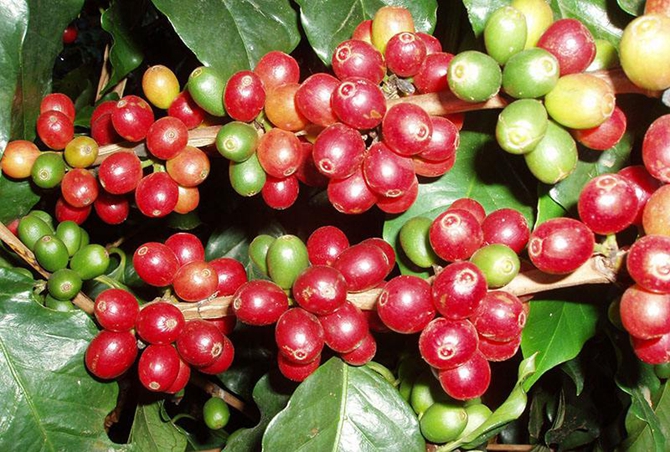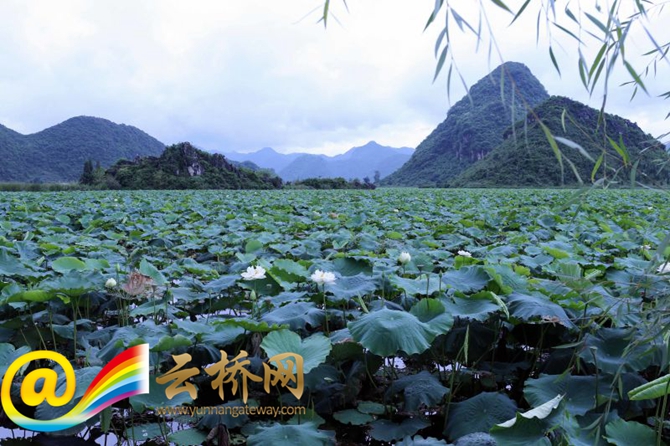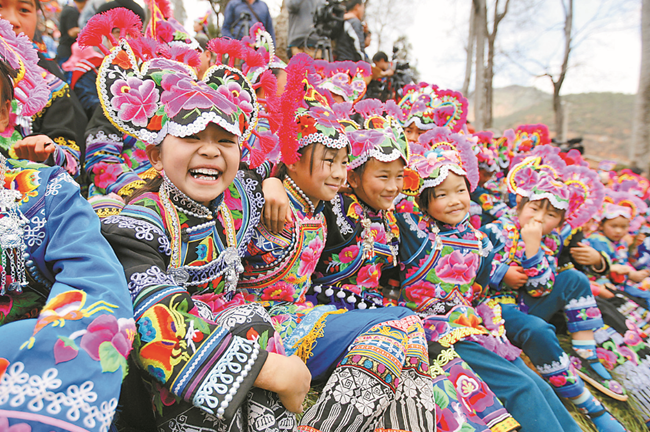New version of Eighteen Oddities in Yunnan (3)
Formed in 1940s, the Eighteen Oddities in Yunnan used to be signatures of Yunnan’s socio-economic backwardness. Along with China’s reform and opening up in the past 40 years, great changes and progress have been made in varied fields in Yunnan, and now the oddities have got a new version.
11. Pu'er coffee sells well overseas

Pu'er is famous for its tea, and it is also a major coffee producer in Asia, with a total output value of 2.4 billion yuan.
More than 80% of Pu'er coffee is exported to 30 plus countries and regions around the world, and coffee has become a featured industry to increase farmers’ income.
Yunnan Coffee Exchange is settled in Pu'er. With 2,000 member companies, the trading center serves as a window for Yunnan coffee to access the global market.
12. Ethnic music shows originality
The Sound of Yunnan is a Hani ethnic tune composed for bamboo flute performing. And Ashan Muzi, a 36-year-old Hani actor, gained fame because of the musical piece in 2002.
In the past 40 years of reform and opening up, the original ethnic songs and dances in Yunnan have been gradually exposed to tourists at home and abroad.
"I am invited to perform in other countries at times and the original folk music changed my life," said Ayama Muzi.
13. Myanmar-grown melons popular in China
 At the Wanding produces trading center in Ruili City, workers from Myanmar are busy loading watermelons onto the trucks that are bound for China.
At the Wanding produces trading center in Ruili City, workers from Myanmar are busy loading watermelons onto the trucks that are bound for China.
Chinese farmer Ye Yuqiang said he has rented some land and planted watermelons in Myanmar for more than 10 years, and his watermelons are sold to cities northeast China.
Watermelons from Myanmar occupy 70% of the Chinese fruit market share in winter.
14. Dali forms ideal filming destination

"The natural beauty, rich history and diverse cultures make Dali a natural studio for filming and an ideal place for artistic creation,” said Xiao Song, a producer based in Beijing.
Based on advantages in resource, Dali has formulated measures in recent years, to turn the prefecture into a filming destination for professional actors and directors.
15. Road access reaches Dulong villages
In the past, there was no road in villages near the Dulongjiang River, and a round journey for shopping in the town outside would last more than 10 days.
In 1999, the Dulongjiang highway was completed and opened to traffic. With 794 turns, the 79.6-kilometer road looks like a ribbon winding along the deep valleys and snow peaks.
16. Trains and trucks both run fast

Since Yunnan was connected to the national high-speed rail networks in 2016, Kunming has increasingly become a regional traffic hub for southwest China, South Asia and Southeast Asia.
And the mileage of roads in the province reached 242,500 kilometers, with quite a few upgraded to freeways. Now it is common to see bullet trains and new trucks both run fast on their respective tracks.
17. Lotuses bloom into large flower fields

The Puzhehei Scenic Area in Qiubei County features large areas of lake groups, out of which lotuses bloom into large flower fields in mid-summer.
The Xianrendong village lies quietly under the blue sky and white clouds, offering tourists a cosy and tranquil lifestyle.
18. Yi costumes shown near paddy fields

The Zhiqu Yi People's Costume-Competition Festival is held annually in Zhiqu Village, Yongren County in recent years.
Thousands of local Yi people are dressed in meticulously stitched clothes and attend the event where they compete to see who is the most beautifully dressed, who sings the best and who dances the best.
With a history of 1,300 years, the festival is regarded as the oldest “country T-show” in the world. In 2016, this cultural event was listed as a key tourism brand in Yunnan.
(End)
Source: Yunnan Daily; trans-editing by Wang Shixue